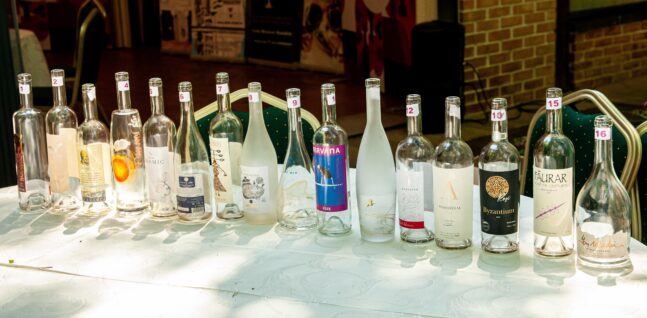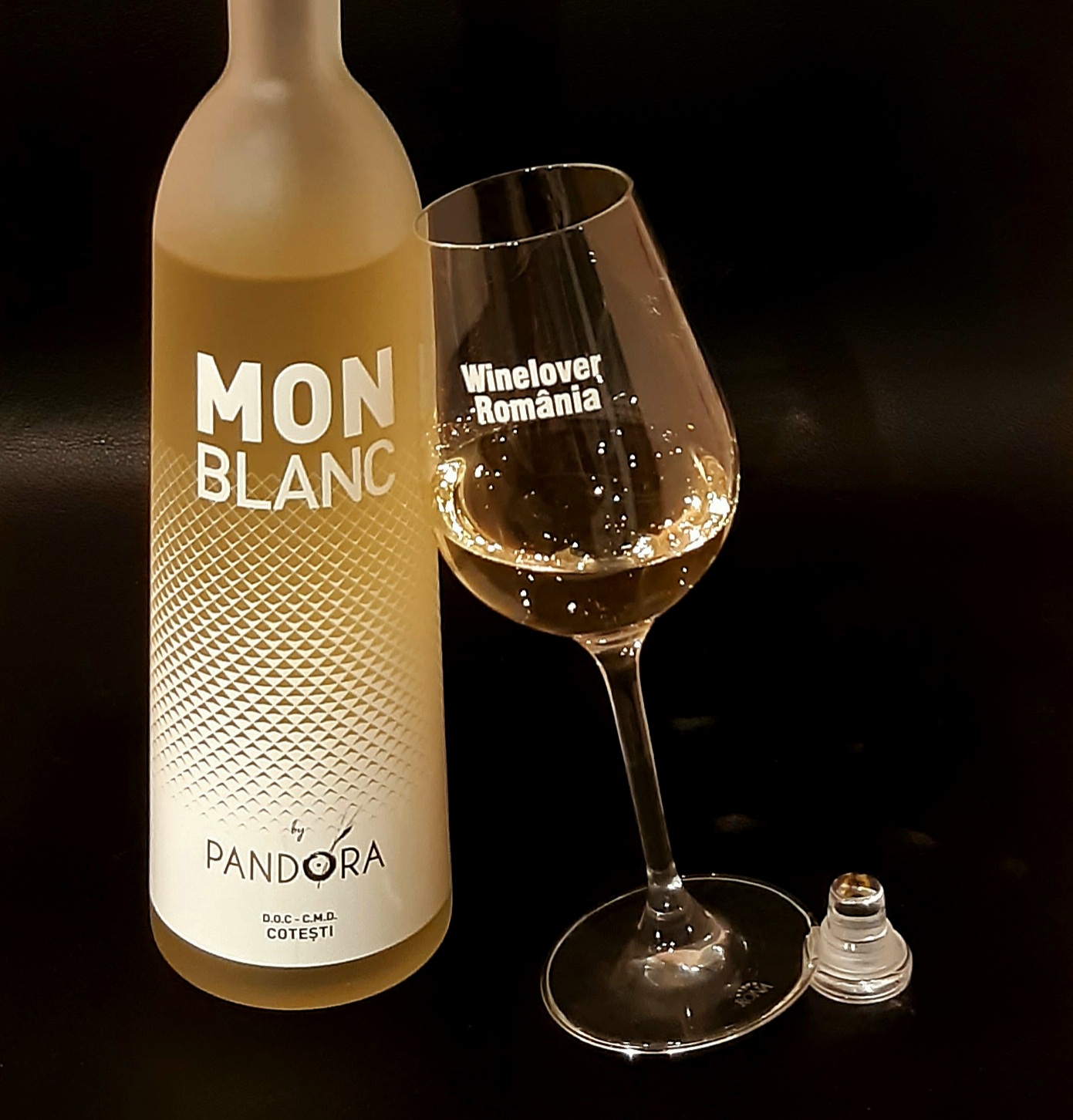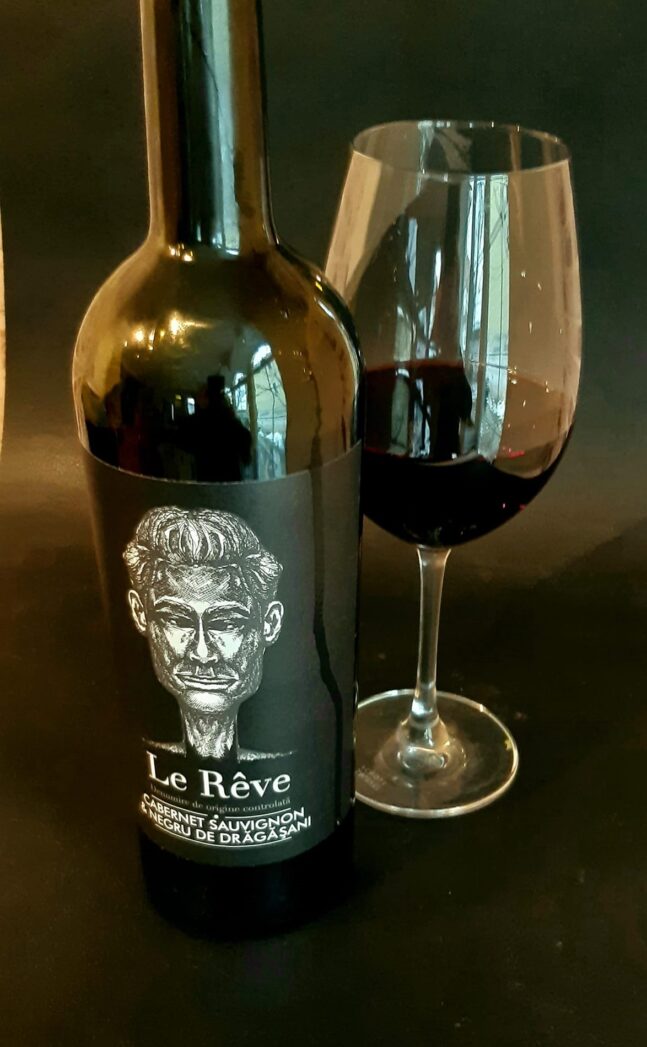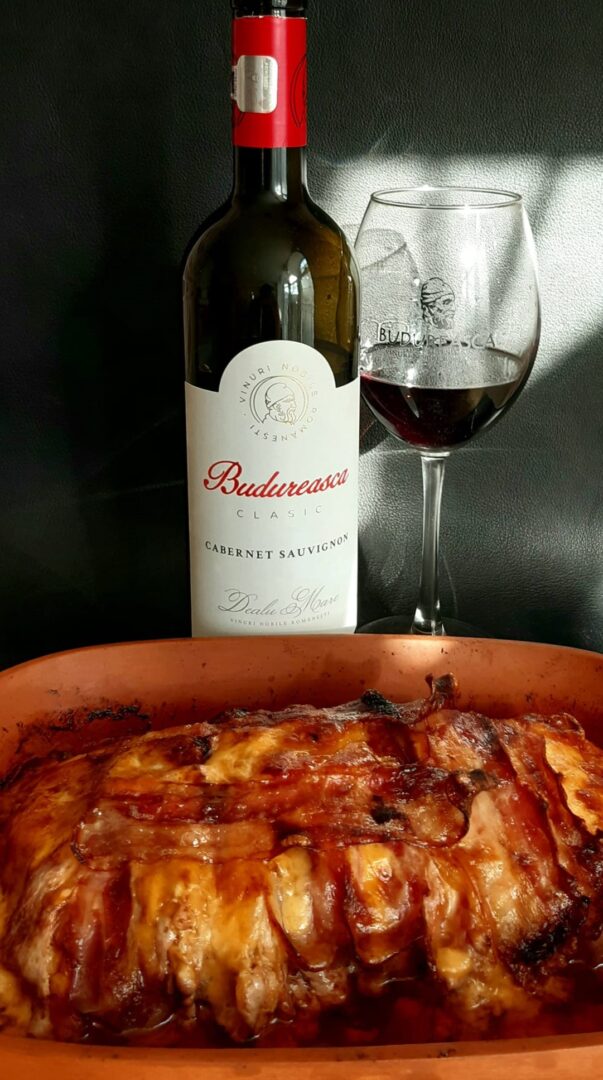—-Ultimul articol din acest an vine cu o surpriza. In urma ivitatiei de a juriza la cea de a 8-a editie a Concursului de Vinuri Rose din Romania, Elizabeth Gabay a trimis acest scurt articol pentru vin2.ro. Veti gasi scurte impresii despre vinurile rose care i-au placut mai mult.
At the Romanian Rosé Contest on 26 June 2020 we tasted the top sixteen rosés pre-selected from a range of almost 80 dry rosés costing between 5-12 euros. With an international market focus on the ‘Provence-style’ rosé, I brought along a rosé from the Provence estate Domaine des Mapliers.
—-This rosé is a benchmark Provence style, and I
wanted to show how this style of wine has a round rich creaminess
and crisp freshness typical of Grenache based rosés. There is more
to Provence style than just colour.
—-Nevertheless, while judging these wines, it was
interesting to hear how many judges gave marks for the pale colour,
whether as an indication of quality or as a nod to international
conformity.
—-The first prize went to a rosé that was very
close in style to the Mapliers: Aurelia Visinescu’s
“Karakter” from Dealu Mare. A blend of Syrah,
Pinot Gris and Cabernet Sauvignon. Creamy pink colour with
creamy white fruit, floral notes, hints of red berries and fresh
leafy acidity.
—-My individual highest score went to Ion Vladoi of
Domeniul Vladoi from Murfatlar region
for his Feteasca Neagra. A slightly deeper salmon pink colour.
Aromatic floral and fruity notes on the nose continued on the
palate with ripe strawberry fruit and fragrant roses with good,
fresh leafy acidity. I liked the boldness of the red fruit with its
full-bodied red fruit and a little twist of tannin on the finish. A
rosé wine for red wine drinkers.
—-Other rosés which all gained silver scores were, in
points order:
—-C’est Soir from Crama
Hermeziu, DOC-CMD Iasi also made with Feteasca
Neagra showed similar ripe strawberry fruit with smooth rich
roundness with crisp redcurrant acidity. Charming and vibrant.
—-Budureasca Premium
Rosé sec, DOC-CMD Dealu Mare, a blend of Feteasca
Neagra & Shiraz would have scored higher, but I was confused by
this wine – maybe an example of me not fully understanding Feteasca
Neagra? On the nose were the similar floral notes found on Vladoi’s
rosé, but more pronounced and I queried whether there were any
aromatic varieties in the blend. (I checked and there are none).
Floral, pretty, delicate with fine mineral structure.
—-“Primordial” from Domeniul
Bogdan, DOC Murfatlar and made with French
winemaker Philippe Cambie was the only rosé made with 100% Merlot.
I normally struggle with this variety in rosé as it can be too
soft, but this was delicious. Crisp and crunchy red berries, hints
of summer flowers and creamy ripe black fruit balanced by leafy,
slightly herbaceous acidty and a faintest hint of tannic grip on
the finish giving structure.
—-Crama Rasova’s “Sur
Mer” DOC Murfatlar, one third Feteasca Neagra, one third Syrah and
one third Pinot Noir. Was a delicate creamy peach fruit rosé with
fresh acidity. Not a complex wine but nicely balanced and
attractive.
—-Faurar’s Rosé de
Ceptura DOC Dealu Mare was a blend of Cabernet Sauvignon and
Merlot. A darker pink than many of the rosés and this more
pronounced colour seemed to be a clue to the more opulent
strawberry and raspberry fruit. Fresh creamy acidity and lively
acidity to balance.
—-Liliac’s Rosé DOC-CMD
Lechinta, was the only Pinot Noir rosé to make it through to my top
wines. This is a variety which makes a delicate style and for me
needs more concentration to produce a top rosé. This pale pink wine
had delicate ripe red fruit on nose with leafy acidity.
—-Nirvana Roze from the Velvet
Winery, Corcova, Oltenia was a blend pf Cabernet
Sauvignon 60% and Feteasca Neagra 40%. Pale pink with floral notes
on the nose. On the palate creamy red fruit with fresh silky
acidity.
—-I looked for some regional style that would allow me
to describe Romanian rosé – whether by region or variety, but apart
from the rosés with Feteasca Neagra showing some floral notes, my
conclusion was that the range of styles reflected the individual
winemaker more than the terroir in this price bracket. All the
wines tasted were 2019, but I did feel that
Avincis’s Cuvée Alexis was too young,
and its potential was only just beginning to show. In order to
fully understand Romanian rosé I would love a slightly more
expensive category and an older rose category in the
competition.
—-A second smaller section of the competition was for
dry aromatic wines made with the uniquely Romanian Busuioaca de
Bohotin. This is a variety which seems to benefit from some
residual sugar to lift the aromatics. Of the five wines tasted, two
showed particularly well.
—-Budureasca Premium Rosé sec DOC-CMD
Dealu Mare had roses on the aromas and enough residual sugar to
the aromatic fruit and long fresh acidity while the wining wine
from Domeniile Averesti PDO Husi
was full of aromatic red fruit with floral notes and fresh
acidity.
—-Romanian rosé may still be finding its way
to show clear Romanian character, but local varieties are certainly
very promising, and the quality is good.Definitely a region to keep
an eye on for distinctive styles and quality.
Romanian Rosé Contest
organized by:
Razvan Stoenescu (co-founder of the wine blog
vin2.ro – stories with wine. #winelover community
Ambassador for Romania. Collaborator Vinul.ro – wine magazine.
Iulian Grigorescu (sommelier and restaurant
manager. WINE dealer.
Collaborator Vinul.ro – wine magazine. Author of the
blog www.pistoanebaricate.ro)
Laurentiu Horodnic (communicator and founder of
the wine blog www.oenolog.ro.
Founder of the Vademecum Wine Club. Master of Science in enology
and viticulture)
and #WineloverRomania
















